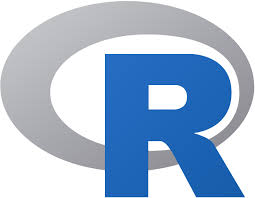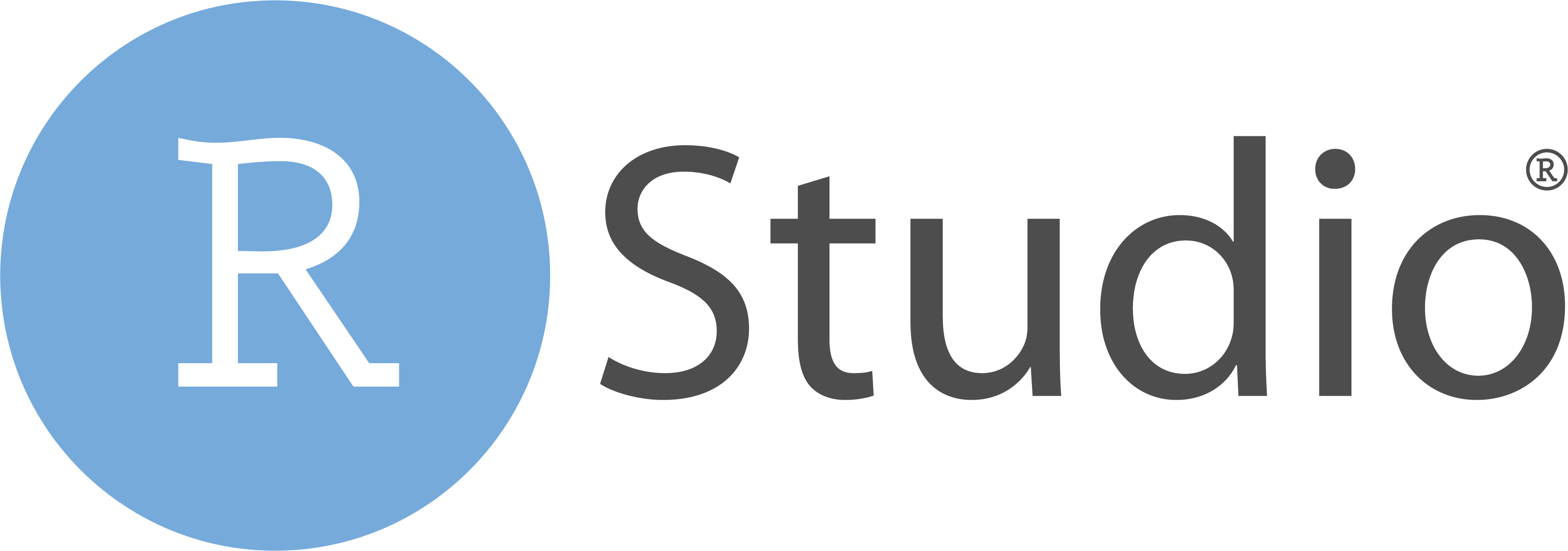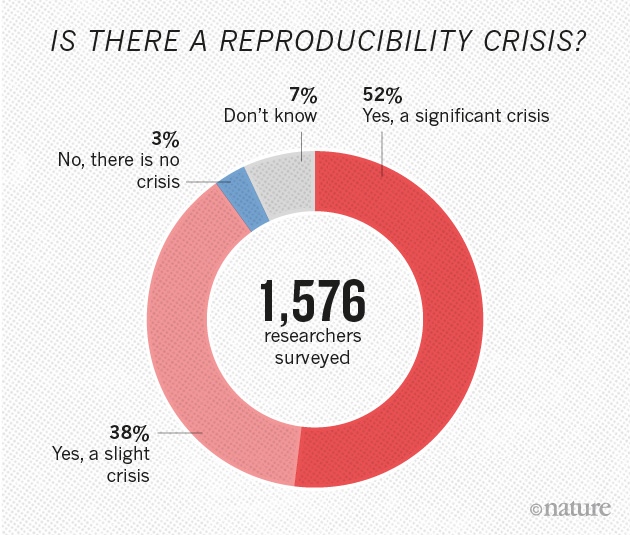Why R?
Martin Schweinberger
2022-09-13

Introduction
This site provides our reasoning for focusing (almost exclusively) on R in LADAL.
You may ask yourself:
Why should I learn to use R when there are other tools that I can use to do the same thing?
This page gives you some pointers for why learning R is worthwhile!
Full flexibility

R represents a fully-fledged programming environment that is extremely versatile and allows to perform a huge variety of things - from handling and processing data, performing text analytics, statistical analyses, generating very beautiful and even interactive data visualization,generating websites and apps, and creating questionnaires and surveys for gathering data online to for creating behavioral experiments (to name just a very few applications). As such, R is cool because it allows you to do really awesome, exciting, fancy things!
So, rather than having to learn how to use many different tools that are all very specific and limited in their applicability, R can do it all! And you only need to learn it once!
Initially, it may seem like a better option to learn how to use specific tools for specific things but over time, having to learn more tools will turn out to be much more time consuming and much less efficient!
Great for learners!

R is actually not that hard to learn - R is actually quite very easy to learn (once you have covered the basics). Particularly the tidyverse style or dialect of R - is commonly deemed to be very easy to learn especially for anyone who is new to programming. Although base R is probably easier to pick up for people who already have some programming experience and there are certain things where base R is easier than the tidyverse style (for example when it comes to generating plots), R is a really beginner-friendly, quite forgiving fully fledged programming environment. Indeed, R is so versatile while easy to get into that Google has recently completely switched to R in its Data Analytics certificate.
Free and Open Source
R and RStudio are free and open source which means that everybody who has a computer, internet access, and is literate in a major world language can learn and work with R without any additional costs everywhere on this planet. This makes R the ultimate equity guarantee as one’s financial and even language language background do not bar anyone from exploring programming and data when using R - it’s like the green and environment-friendly gardening alternative to buying plastic wrapped tomatoes in the supermarket that have no taste anyway.
RStudio and ease of use

With RStudio, the use of R has become even simpler and user-friendly with RStudio allowing to have easy and incredibly efficient work flows that tie in to great version control and documentation options (by having easy access to Git and GitHub and containerization with renv. With RStudio, R is intuitive, and entire analyses can be performed in one single integrative development environment (IDE) - this is great because one can do everything in R and does not need to use many different tools in one project (which makes projects and work flows much for transparent and reproducible).
R is a community effort

On a related note, R is great because anyone can contribute and add to the multitude of packages, functions, and resources that are available when working with R. The community is really fantastic and super helpful with tips and tricks being publicized on many different channels and platforms - from YouTube tutorials, over online courses, help sites like StackOverflow, to facebook groups and Reddit channels.
One really great thing that is also a major achievement of RStudio and the RStudio community is that the R community is really welcoming, tolerant, and forgiving! You can post any question in a forum or on a discussion board and you will receive help and advice - this is really something that sets the R community apart from other programming and software communities (in a good way).
Reproducibilty and Transparency

A really major advantage for using R when you are involved in research is that it is a fantastic - and maybe even the optimal - tool for sharing and documenting your analyses and making your research transparent, reproducible and replicable! When you generate a folder and create an Rproject with a project specific library using renv, use R notebooks to document what you have done, and enable version control with Git, and then connect that project to GitHub, your research is fully transparent and reproducible! Due to the in-built options in RStudio, this is easily done with a few mouse clicks if you have a GitHub account and installed Git on your machine.
This is really fantastic because is represents real or true reproducibility and transparency rather than just theoretical reproducibility that still requires researchers to manually re-perform analyses based on (often not ideal or accurate) descriptions of how data was handled in and by different tools - which is so time-consuming that it is almost never done (and that is why research done like this is only theoretically reproducible).
Tools versus Scripts

It is perfectly fine to use tools for the analyses exemplified on LADAL. Almost anyone I know - including myself - started off with using fantastic tools like AntConc! However, the aim of LADAL is not primarily to show how to perform certain tasks or analyses but how to perform these tasks in a way that complies with practices that guarantee sustainable, transparent, reproducible research. As R code can be readily shared and optimally contains all the data extraction, processing, visualization, and analysis steps, using scripts is preferable over using (commercial) software.
In addition to being not as transparent and hindering reproduction of research, using tools can also lead to dependencies on third parties which does not arise when using open source software. Finally, the widespread use of R particularly among data scientists, engineers, and analysts reduces the risk of software errors as a very active community corrects flawed functions typically quite rapidly.
Widely used
R is a really widely used and it is becoming ever more popular - not only among data scientists. Ever more creative ways of working with data, discovering the use on ever more exciting topics, and filling niches are filled with applications of R- from sport analytics to improving communication with patients in hospitals to performing experiments and designing art!
Employability

R is extremely useful for many tasks as it is a fully fledged programming language or environment!. This means that you are flexible in what you can do and this offers you many options of what jobs you want to or can do.
Also, this makes you and your skills appealing and interesting for employers - not only because of its versatility but also because it allows you to do many different and complex things without having to buy expensive software packages (e.g. SPSS, Microsoft Excel, Stata, or MatLab) and you thus have an advantage over other candidates that may be able to do what you can do with R - but the employers would have to buy the software these candidates need in addition to paying a salary!
What about Python?
Python is a really great tool (at least I’m told so by Python users whenever they have the chance to let everyone know). Python has traditionally been stronger in Natural Language Processing (NLP) although recent developments have R at least on the same level.
Jokes aside, Python is really great for NLP and everything involving the web - when your focus is doing things like those, Python may be a better option for you. However, when it comes to data visualization and data analysis - particularly visualizations and statistical analyses as they are required, used, and performed in research, R is reeeeally hard to beat.
Citation & Session Info
Schweinberger, Martin. 2022. Why R?. Brisbane: The University of Queensland. url: https://slcladal.github.io/textanalysis.html (Version 2022.09.13).
@manual{schweinberger2022ta,
author = {Schweinberger, Martin},
title = {Why R?},
note = {https://slcladal.github.io/whyr.html},
year = {2022},
organization = "The University of Queensland, Australia. School of Languages and Cultures},
address = {Brisbane},
edition = {2022.09.13}
}